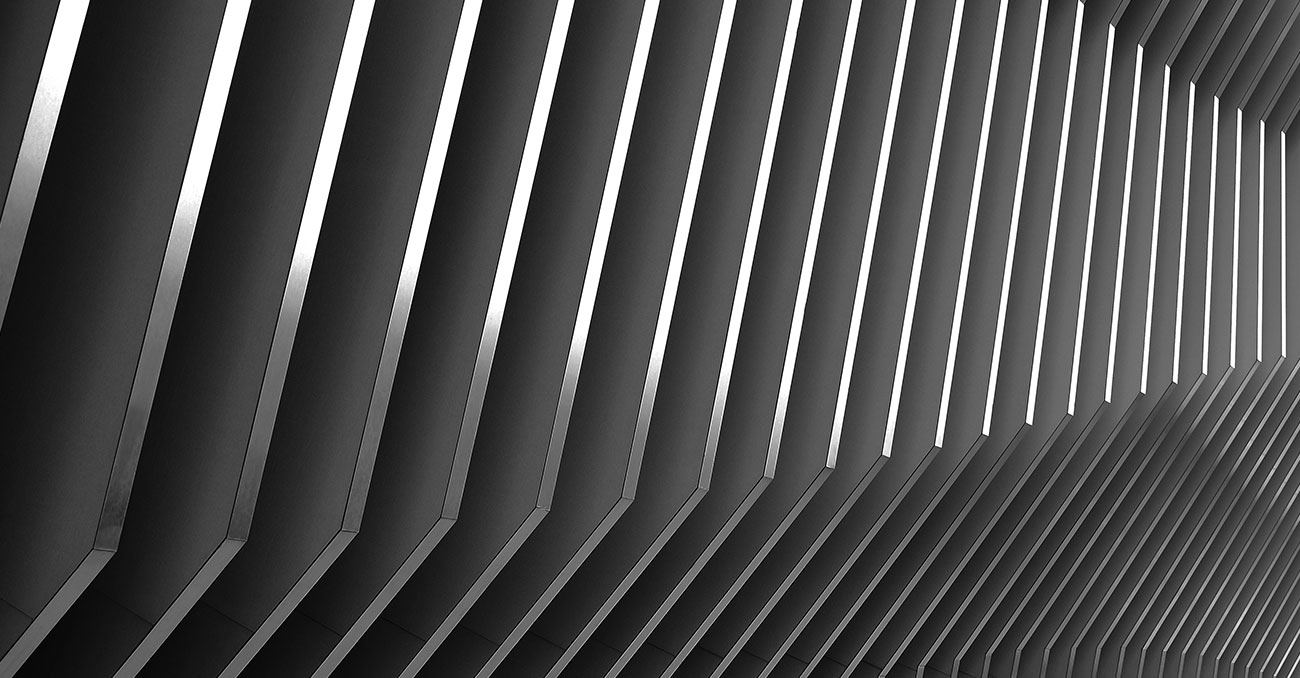
05 Sep The Art of Architectural Aluminum: Craft & Precision | Astro Insights
Aluminum is often celebrated as a lightweight, versatile metal — but its real power in architectural metalwork lies in the subtleties. At Astro, we see aluminum as a material of disciplined craftsmanship, demanding both technical rigor and an artistic eye.
The Subtleties That Define Aluminum Work
Working with aluminum is different from working with steel or other metals. Its behavior under heat, its surface finish, and its interaction with light all require sensitivity and precision. Some key considerations:
- Thermal management is critical. Aluminum conducts heat rapidly, meaning welds, bending, and cutting must be carefully controlled to prevent warping or distortion.
- Surface cleanliness affects outcome. Even minimal contamination or oxidation can compromise welds or finishing, altering appearance or structural integrity.
- Finish and reflectivity matter. Because aluminum often appears in visible planes, its finish — brushed, polished, anodized, or powder-coated — is part of the design language.
- Tolerance demands are tight. Aluminum panels, trim, and features must align with adjacent materials (glass, stone, wood), often under tight tolerances.
When done well, aluminum components seem effortless — yet each piece is the result of countless refined decisions in process, sequence, and detail.
Bridging Craft & Architecture
At Astro, we treat every aluminum piece — from façades to interior accents — as an opportunity to unite craft and architecture. That means:
- Starting with design-stage conversations to understand how the piece will live in the light, respond to temperature, and align with adjacent materials
- Prototyping or mockups to test finishes, transitions, and tolerances before full production
- Collaboration across trades (glazing, millwork, structure) so that integration is seamless
- Pinpointing anchoring, relief, and expansion strategies early to prevent trouble in the field
Because aluminum is often part of a sophisticated material palette — glass, stone, wood — its execution must be precise.
“Aluminum may speak quietly, but its presence demands precision,” says Steve Paxton, President of Astro. “When we build in sensitivity to heat, surface, and alignment, aluminum becomes more than a structural metal — it becomes an architectural gesture in light, scale, and texture.”
Training, Skill, and Continuity
To maintain mastery, Astro invests in continuous training. Whether mentoring junior fabricators or running internal workshops, we emphasize:
- Joint preparation and fitment
- Controlled heat input and distortion management
- Post-weld finishing techniques that preserve visual integrity
- Quality checks under real site lighting to confirm aesthetics
This ensures that every aluminum piece delivered from Astro reflects both reliability and refinement.


